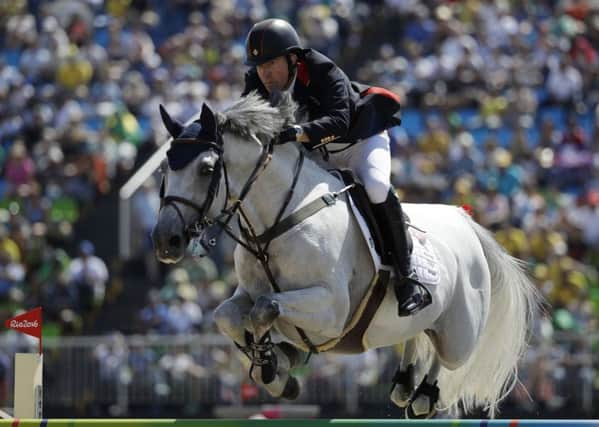The best of care for our equine Olympians


This was my second Olympics as an equine vet, the first being London 2012.
From an equestrian point of view, the Rio organising committee did not reinvent the wheel, but used the 2012 model with an overlap of organising vets. If it ain’t broke then don’t fix it!
Advertisement
Hide AdAdvertisement
Hide AdJenny Hall, who heads up the BHA and led the organisation at London, was working with the head Brasilian vet Julian Freitas, and a great team they made.
My role was the same as in London, being part of a team of vets that covered each of the six training arenas, main arena and gallops.
We were there in order to provide emergency cover whilst horses were working and familiarising themselves with the main arena prior to competing.
I was also one of the vets out on the cross country course at fence No 11/12, The Pama Wall and Brush Combination, for those who managed to watch any of the television coverage.
Advertisement
Hide AdAdvertisement
Hide AdA large proportion of the horses were flown into Rio. In general, air travel has been found to cause less stress and illness problems in horses compared to long duration road and boat travel. However, there were a small number of horses that did develop high temperatures and required treatment, with the majority being able to compete. Pleural infection (lung) and colitis (intestinal infection) are the two most common travel related problems in horses.
Another interesting challenge for the equestrian Olympics in Rio was biosecurity, which means that all the horses were health checked as they came off the plane and travelled in full isolation to the equestrian venue.
The horses were stabled in bio-secure accommodation at the Olympics, with limited people having access. There were disinfectant foot baths for both horses and pedestrians, and disinfectant hand washes for all people entering and leaving.
A purpose-built veterinary hospital with operating facilities had been constructed on site so that should any of the competing horses require a surgical procedure it could be carried out without having to travel off site.
Advertisement
Hide AdAdvertisement
Hide AdA bio-secure bubble had been created to allow a horse to recover from surgery or illness on site and then travel home as appropriate. If a horse had been moved off site, a six-month quarantine period would have had to have been fulfilled, which is a massive problem for continuity of care, rehabilitation and return to competition fitness.
The cross country course this year was challenging and although a number of competitors did not complete, there were no serious horse or rider injuries.
Bring on Tokyo 2020!